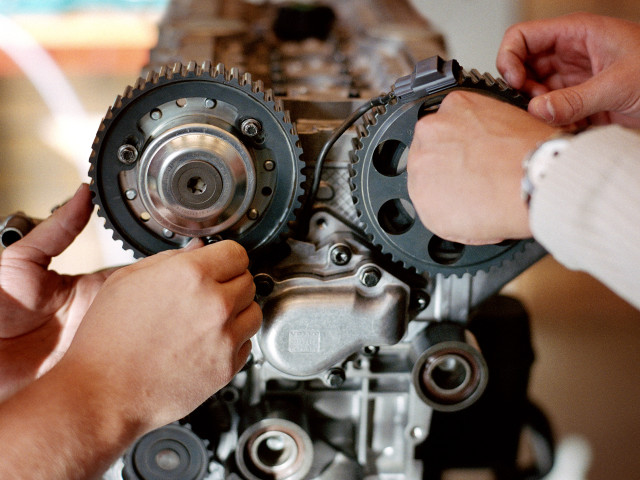The course focuses on the aspects of aircraft at transonic and supersonic flight regimes. The topics will cover aspects of aircraft aerodynamics and performance, as well as basic aircraft design parameters.
SD2806 Transonic and supersonic aircraft aerodynamics 6.0 credits

The course focuses on the aspects of flight at transonic and supersonic regimes, focusing on aerodynamics, performance, and flight mechanics, as well as aircraft configuration geometry. The course covers advanced topics within the Master of Aerospace Engineering.
Information per course offering
Choose semester and course offering to see current information and more about the course, such as course syllabus, study period, and application information.
Information for Autumn 2026 Start 26 Oct 2026 programme students
- Course location
KTH Campus
- Duration
- 26 Oct 2026 - 11 Jan 2027
- Periods
Autumn 2026: P2 (6 hp)
- Pace of study
50%
- Application code
10614
- Form of study
Normal Daytime
- Language of instruction
English
- Course memo
- Course memo is not published
- Number of places
Places are not limited
- Target group
- Open for TTEMM TEMA. And other master program as long as it can be included in your program and approval through the examiner.
- Planned modular schedule
- [object Object]
- Schedule
- Schedule is not published
- Part of programme
- No information inserted
Contact
Course syllabus as PDF
Please note: all information from the Course syllabus is available on this page in an accessible format.
Course syllabus SD2806 (Autumn 2022–)Content and learning outcomes
Course contents
Intended learning outcomes
The objectives of the taught part of the course are that a student, upon completion of the course, should be able to:
- Describe the parameters of the aircraft configuration required for transonic and supersonic flight
- Describe, define, and explain the fundamental concepts of aerodynamics applied to flight at transonic and supersonic speeds
- Describe, define, and explain the fundamental concepts of aircraft performance and flight mechanics for an aircraft in transonic and supersonic flight
- Evaluate and correlate in a cohesive manner the fundamental concepts
- Solve simple aerodynamics, performance, and flight mechanics problems
- Apply taught theory and concepts for the analysis of open-ended engineering and/or research questions
Literature and preparations
Specific prerequisites
Completed degree project on Bachelor level with major in technology.
English B / English 6
Recommended prerequisites
SG2215 Kompressibel strömning
Literature
Examination and completion
Grading scale
Examination
- TEN1 - Written exam, 3.0 credits, grading scale: A, B, C, D, E, FX, F
- PRO1 - Project, 3.0 credits, grading scale: P, F
Based on recommendation from KTH’s coordinator for disabilities, the examiner will decide how to adapt an examination for students with documented disability.
The examiner may apply another examination format when re-examining individual students.
If the course is discontinued, students may request to be examined during the following two academic years.
Examiner
Ethical approach
- All members of a group are responsible for the group's work.
- In any assessment, every student shall honestly disclose any help received and sources used.
- In an oral assessment, every student shall be able to present and answer questions about the entire assignment and solution.